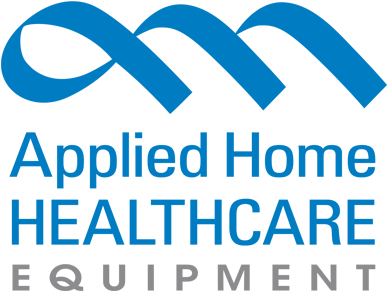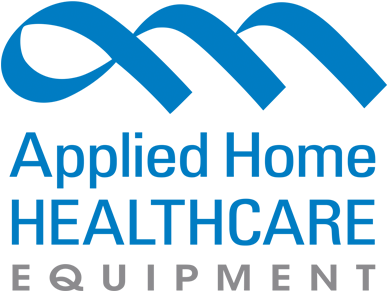PRODUCT CATEGORIES
CLASSES/REGISTRATION
WHAT'S YOUR ROLE?
Why DOT Compliance is Crucial for Your Business
Why DOT Compliance is Crucial for Your Business
The Department of Transportation (DOT) plays a vital role in ensuring the safety of not only the public but also the drivers working on the roads. One of the key areas where DOT regulations impact the home healthcare industry is the transportation of oxygen cylinders. Given the potentially hazardous nature of medical oxygen, it's essential for businesses to adhere to these regulations to avoid penalties, fines, and most importantly, injuries.
Do My Drivers Need a Logbook?
One common question among oxygen providers is whether their drivers need to maintain a logbook. Generally, a logbook is required when a commercial motor vehicle is used as part of a business involved in interstate commerce and fits any of the following descriptions:
- Weighs 10,001 pounds or more
- Has a gross vehicle weight rating or gross combination weight rating of 10,001 pounds or more
- Is designed or used to transport 16 or more passengers (including the driver) not for compensation
- Is designed or used to transport 9 or more passengers (including the driver) for compensation
- Is transporting hazardous materials in a quantity requiring placards
Most oxygen providers will fall under this category because they often carry 1,001 lbs. of oxygen, which includes both the tanks and the gas. As a result, they must use placards and comply with the logbook requirement.
Exemptions to the Logbook Requirement
However, there are exemptions to this requirement. If your drivers operate within a 100-mile radius of the workplace and do not work longer than 12 hours, they are exempt from the logbook requirement under 49 CFR 395.1(e). This exemption can provide significant relief for businesses that operate within a local area, reducing the administrative burden on drivers and the company.
The Importance of Proper Cylinder Securing
Beyond logbook requirements, DOT regulations also mandate how oxygen cylinders should be secured inside vehicles during transportation. Cylinders need to be secured in a way that prevents movement, shifting, or ejection during normal transportation. This is crucial to avoid accidents and ensure the safety of both the driver and the public. Here are some key points to remember:
- For closed vehicles: Cylinders must be secured to prevent movement in the forward, backward, or lateral direction.
- Open vehicles: must also be secured against upward movement, requiring a restraint that provides 20% downward force.
- No mixing with other equipment: Cylinders should not be stowed or secured along with other medical equipment in the vehicle's aisle.
- Fire safety: Given that oxygen can accelerate a fire, cylinders must be secured away from any potential heat or spark sources.
Placarding Tips and Best Practices
Placarding is another critical aspect of DOT compliance. If your vehicle carries 1,001 lbs. or more of gas, you must placard it according to DOT regulations. However, there is an important pro tip to remember: if your vehicle's load drops below the 1,001 lb. threshold during a route, you should flip your placards to the silver side. This indicates to DOT inspectors that you are no longer under the placarding requirements, helping you avoid unnecessary fines or penalties.
Stay Ahead of the Curve: Ensuring Safety and Compliance in Oxygen Transport
Ensuring DOT compliance is not just about adhering to regulations—it's about safeguarding your business, your employees, and the public. By understanding and implementing the correct practices for logbooks, cylinder securing, and placarding, you can avoid fines and create a safer working environment. Stay informed and proactive in meeting these requirements to maintain a compliant and efficient operation.
You Might Also Like
Subscribe to our Newsletter
Get the latest regulatory info, accreditation news and exclusive discounts!
 View Cart []
View Cart []
